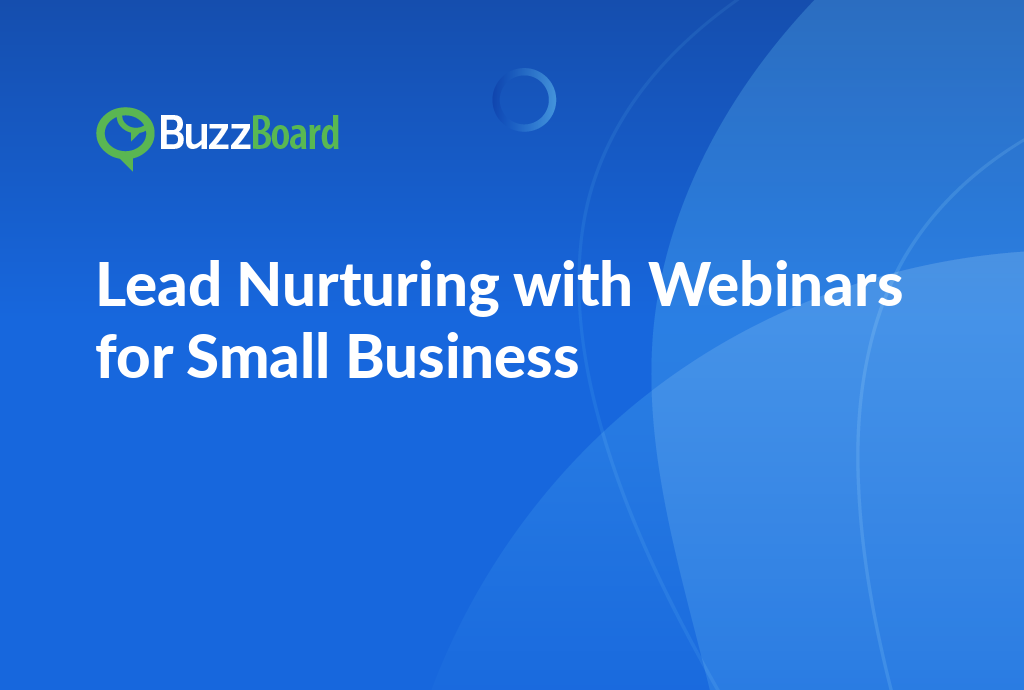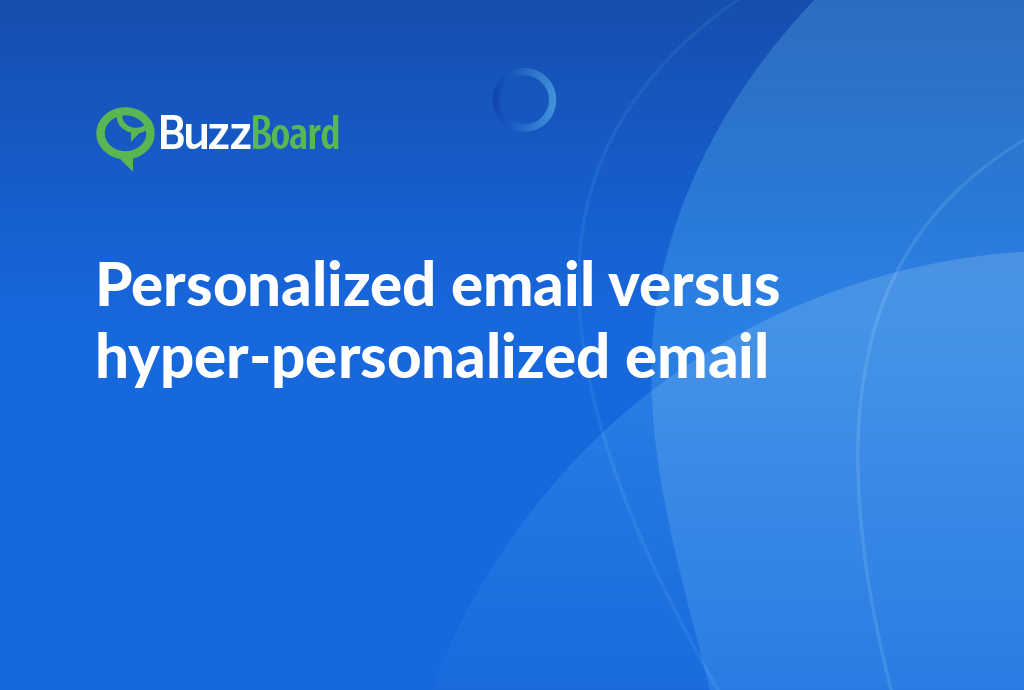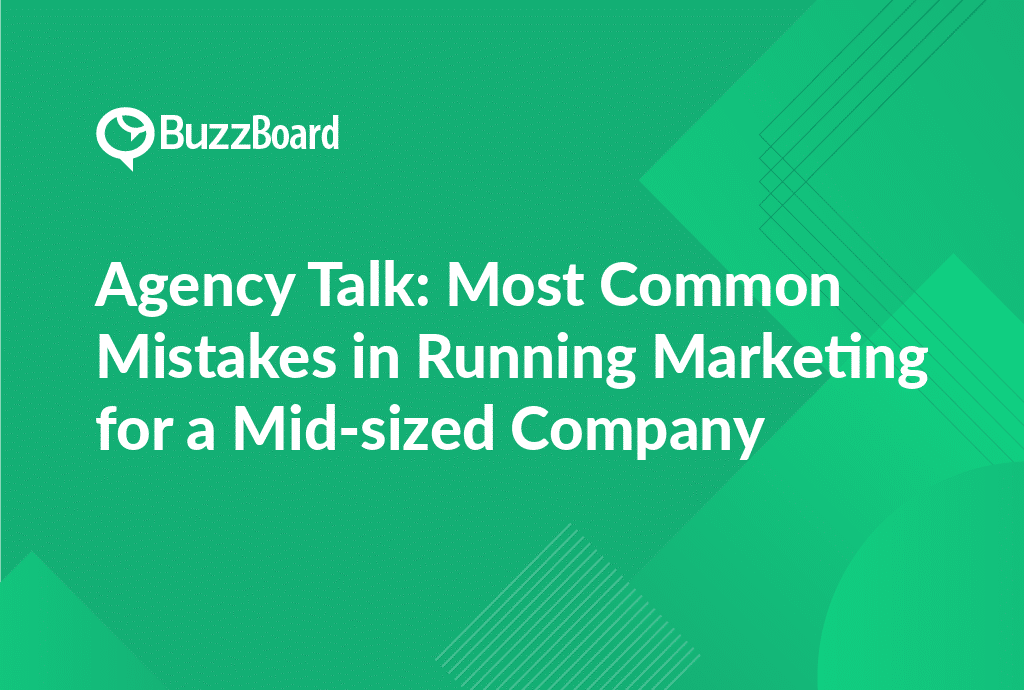What is lead nurturing with webinars for small businesses? Lead nurturing with webinars is a powerful strategy for small businesses to build trust, establish authority, and convert leads into customers. By hosting webinars, small businesses can educate and engage potential customers, providing valuable insights and solutions to their problems. This approach helps to move leads through the sales funnel, increasing the chances of conversion and driving revenue growth. In this article, we’ll explore the benefits and best practices of lead nurturing with webinars for small businesses, including how to choose the right topic, create engaging content, and measure success.
Exploring the Role of Webinars in Lead Nurturing Strategies for Small Businesses
In the dynamic world of digital marketing, it’s crucial to find innovative ways to engage your audience. Utilizing webinars for lead nurturing, particularly in the context of small businesses, is an engaging method that has proven highly effective.
Webinars serve as a potent tool not only for communicating engaging content but also for nurturing B2B leads. More than ever, digital marketing agencies are tapping into the power of webinar content to cater to small businesses. Such lead generation webinars enable businesses to showcase their expertise directly to the audience, fostering a stronger connection with potential leads.
Therefore, the task doesn’t end at creating webinars only; they must be strategically leveraged for optimal results. Utilizing email drip campaigns for webinars is an innovative strategy to keep small businesses at the forefront of potential customers’ consciousness over an extended period. This ongoing interaction encourages trust-building and nudges these leads closer to conversion.
Despite their immense potential for lead generation and business growth, webinar promotion strategies are often overlooked and undervalued. However, with a well-planned and executed promotion initiative, small businesses can significantly boost their lead generation and establish themselves as thought leaders in their industry. Some notable strategies for promoting webinars include:
- Reaching out to industry forums and online communities to spread the word about your upcoming webinar
- Maximizing social media influence by creating engaging content, using relevant hashtags, and leveraging user-generated content
- Integrating your webinar campaigns into your blog posts, email newsletters, and other marketing materials to create a cohesive and comprehensive marketing strategy
- Utilizing paid advertising, such as Google Ads or Facebook Ads, to target specific audiences and increase visibility
- Partnering with influencers or other industry experts to co-promote your webinar and expand your reach
- Creating a sense of urgency by offering limited-time discounts or promotions to encourage registration
However, even the most effective promotion strategies will fall flat if the webinar content itself is not captivating and engaging. The construction of engaging webinar content pivots upon three main aspects: relevance, novelty, and interactivity.
- Relevance: Ensuring that your webinar content aligns with the needs and interests of your target audience is crucial for maintaining their attention and engagement. This means conducting thorough market research and understanding the pain points and challenges that your audience is facing.
- Novelty: Providing a unique and fresh perspective on a topic can help to differentiate your webinar from others in the industry and keep your audience engaged. This can be achieved by incorporating new research, case studies, or expert insights into your content.
- Interactivity: Facilitating audience interaction and participation is essential for keeping your audience engaged and motivated. This can be achieved through Q&A sessions, polls, quizzes, and other interactive elements.
By incorporating these three aspects into your webinar content, you can ensure that your audience remains engaged and motivated throughout the presentation.
In addition to creating engaging content, successful lead nurturing with webinars for small businesses also requires understanding your audience, providing value, and maintaining regular communication. This means:
- Understanding your target audience: Conducting market research and gathering data about your audience’s demographics, interests, and pain points is essential for creating content that resonates with them.
- Providing value: Offering valuable insights, tips, and advice that your audience can apply to their own businesses is crucial for establishing trust and credibility.
- Maintaining regular communication: Following up with attendees after the webinar and providing additional resources and support can help to build relationships and foster loyalty.
As a digital marketing agency, it is essential to comprehend the best webinar practices and apply them to your own marketing strategies. By doing so, you can equip small businesses with the necessary tools and knowledge to prosper and achieve their goals.
How to Structure a Lead Generation Webinar Tailored to Small Businesses
Lead nurturing through webinars can be a highly effective strategy for small businesses, helping to convert potential B2B leads into customers. However, structuring an impactful lead generation webinar requires meticulous planning, execution, and attention to detail. To achieve success, it’s essential to understand the unique needs and challenges faced by small businesses and tailor your webinar content accordingly.
When planning your webinar, it’s crucial to identify the specific pain points and concerns of your target audience. This will enable you to create content that resonates with them and addresses their specific needs. By doing so, you’ll be able to demonstrate the value of your solutions and convince them that your products or services are the perfect match for their requirements.
In terms of content, it’s essential to ensure that your webinar is engaging, informative, and relatable to your audience. The quality of your content will directly impact the level of audience engagement, so it’s vital to conduct thorough research to understand what resonates with your target audience. This may involve analyzing industry trends, conducting surveys, or gathering feedback from existing customers.
Inviting a guest speaker or industry expert can add tremendous value to your lead nurturing efforts. Their experience and insights not only lend credibility to your content but also attract more attendees to your webinar. This can be particularly effective if the guest speaker is a thought leader in your industry or has a strong reputation among your target audience.
Another often-overlooked aspect of lead nurturing with webinars is the follow-up process. An email drip campaign post-webinar can effectively nurture attendees, and these emails could include a thank you note, a recording of the webinar, main takeaways, or a survey asking for feedback. This not only shows that you value your attendees’ time and attention but also provides an opportunity to continue educating and engaging with them.
Promoting your webinar using various platforms such as social media, blogs, newsletters, and press releases is crucial to garner the reach you anticipate. This will help you to create buzz around your webinar, drive attendance, and increase your chances of converting attendees into customers.
In addition to these strategies, it’s essential to adhere to webinar best practices. This can include providing clear joining instructions, using engaging visuals, conducting Q&A sessions, and ensuring that your webinar is compatible with mobile devices. By doing so, you’ll be able to create a seamless and enjoyable experience for your attendees, which will ultimately drive engagement and conversion.
In essence, planning and structuring a lead generation webinar for small businesses doesn’t have to be complex. It merely demands a profound understanding of your target audience, a consistent approach in nurturing them throughout the process, and a willingness to deliver value to your audience. Remember, the ultimate goal is to deliver value to your audience because when they succeed, you succeed.
By following these strategies and best practices, you’ll be well on your way to creating a successful lead generation webinar that drives conversions and helps you achieve your business goals.
Bringing Together B2B Lead Nurturing and Webinar Strategies for Meaningful Connections
As a B2B marketing professional, you’re likely well-versed in the importance of lead nurturing and webinars as separate strategies for engaging with your target audience. However, when these two tactics are integrated seamlessly, they can provide a powerful combination that yields robust insights and meaningful connections with small businesses. In this article, we’ll explore how blending lead nurturing with webinars can optimize results and drive conversions.
Webinars are often misunderstood as simply a platform for disseminating information. However, when designed and executed correctly, they can be a powerful tool for generating leads and nurturing existing ones. The key to success lies in creating engaging webinar content that resonates with the challenges and needs of small businesses. This requires a deep understanding of your target audience’s pain points, goals, and motivations.
Many marketers miss the potential of webinars by focusing solely on content and overlooking the importance of promotion strategies. A well-designed webinar is only as effective as its promotion. To maximize the impact of your webinar, you must develop a comprehensive promotion strategy that includes social media marketing, email marketing, paid advertising, and influencer partnerships.
Webinars offer a unique opportunity to engage directly with leads, providing a platform for real-time interaction and Q&A sessions. When combined with rigorous promotion strategies, this interaction can increase lead generation and conversion rates. By addressing frequently asked questions, presenting product demonstrations, or discussing industry trends, you can cater to a variety of prospects and provide value to your audience.
To further optimize the lead nurturing process, consider incorporating an email drip campaign into your webinar strategy. This method engages leads by supplying them with timely, relevant content that addresses their specific needs and interests. You can notify them of future webinars, send personalized follow-ups, or educate them in between webinars. This approach helps to build trust and establish your brand as a thought leader in your industry.
However, the success of integrating lead nurturing and webinars relies on adhering to webinar best practices. To maximize engagement and impact, ensure that your audio and video are clear, the presentation is interactive, and all queries are addressed timely. This requires careful planning, attention to detail, and a commitment to delivering a high-quality experience for your attendees.
Combining B2B lead nurturing and webinar strategies can cultivate stronger relationships with small businesses, enhancing your chances of conversion. By providing value to your audience, addressing their needs and pain points, and delivering a high-quality experience, you can build trust and establish your brand as a trusted authority in your industry.
This combined approach is a cycle that never ceases to rotate, providing a continuous flow of leads and opportunities for conversion. By integrating lead nurturing and webinars, you can enrich your digital marketing repertoire, underscoring your agency’s commitment to client growth and satisfaction. As a B2B marketing professional, it’s essential to stay ahead of the curve and continually adapt your strategies to meet the evolving needs of your target audience. By embracing the power of lead nurturing and webinars, you can drive conversions, build relationships, and achieve long-term success.
The Advantages of Email Drip Campaigns in Conjunction With Webinars for Nurturing Leads
Are you struggling to stand out in a crowded digital marketplace and boost sales for your small business? Look no further! Infusing webinars and email drip campaigns into your digital marketing strategy can be the innovative solution you need to drive growth and success.
Webinars are often misunderstood as a buzzword, but they offer unparalleled opportunities for lead nurturing, especially for small businesses. By hosting a well-planned webinar, you can educate and engage your audience, gradually transforming them into loyal customers. The potency of lead-generation webinars cannot be overstated. While some may speculate that organizing a webinar is pricey or time-demanding, the return on investment can be extraordinary for small businesses.
To maximize the impact of your webinars, it’s essential to pair them with an email drip campaign. This strategic approach can be the most influential way to nurture B2B leads. An email drip campaign for webinars presents data in bite-sized portions, allowing prospective customers to learn about your small business at their convenience. By breaking down complex information into manageable chunks, you can build trust and establish your authority in the industry.
A fundamental aspect to consider when creating webinars is ensuring they are well-structured, informative, and beneficial to attendees. This means adhering to specific webinar best practices, such as:
- Interactive sessions that encourage audience participation
- Information-packed presentations that provide valuable insights
- Avoiding hard sell techniques that can be off-putting
- Integration of Q&A sessions, polls, and engaging chat features to maintain audience interest
Strategic webinar promotion is also crucial to the success of your campaign. This includes promoting your webinar through various channels, such as social media, email marketing, and paid advertising, to ensure maximum visibility and reach.
When it comes to creating an email drip campaign, it’s essential to blend elements from the webinar into its content. This can include:
- Highlights from the webinar, such as key takeaways or notable quotes
- Unresolved inquiries or questions that were left unanswered during the webinar
- Additional resources or next steps for attendees who want to learn more
By leveraging the impact of repetition and reinforcement, you can etch your small business’s offerings firmly in the audience’s mind. This approach also allows you to build a relationship with your audience, establishing trust and credibility over time.
Digital marketing agencies, take heed! By intertwining captivating webinar content and an email drip campaign, you can amplify your client base and solidify your status as an elite digital marketer. This dual strategy is prospective to boost your lead nurturing abilities, drive sales, and set your business apart from the competition.
Webinars and email drip campaigns are a powerful combination that can help small businesses stand out in a crowded digital marketplace. By following best practices, promoting your webinar strategically, and blending elements from the webinar into your email campaign, you can drive growth, boost sales, and establish your business as a thought leader in your industry.
Strategies to Promote and Execute Engaging Webinars for Small Businesses: Best Practices and More
Small businesses face a unique set of challenges when it comes to building and maintaining relationships with potential and existing clients. With the rise of digital communication, it’s more important than ever for small businesses to adapt and find innovative ways to connect with their audience. One effective strategy that has proven to be successful is lead nurturing with webinars for small businesses. This approach offers the potential to reach a broader audience, provide valuable content, and establish thought leadership in the industry.
Webinars have become a vital lead generation tool for all businesses, but they are particularly effective for small businesses aiming to generate and nurture B2B leads. They present an opportunity to share expertise, exhibit products or services, foster a connection with potential clients, and guide potential clients down the sales funnel. By hosting a webinar, small businesses can demonstrate their knowledge and authority in their industry, build trust with potential clients, and establish a sense of credibility.
The success of a webinar fundamentally relies on its content. Engaging webinar content needs to be informative, relevant, valuable, and capable of capturing the viewer’s attention. The key to creating compelling webinar content for small businesses is addressing their unique challenges and pain points. By providing solutions to specific problems, small businesses can establish themselves as trusted advisors and thought leaders in their industry.
To create effective webinar content, small businesses should focus on the following key elements:
- Identify the target audience and their specific challenges
- Develop a clear and concise topic that addresses those challenges
- Create a engaging and interactive presentation style
- Use high-quality visuals and multimedia elements to enhance the presentation
- Ensure brevity and keep the presentation concise and to the point
- Encourage audience interaction and Q&A sessions
Webinar promotion strategies are equally critical for maximizing attendance and engagement. The optimal visibility of your webinar can be achieved through leveraging social media platforms, email marketing campaigns, and affiliate partnerships. Depending on the customer journey stage, an email drip campaign specifically tailored for webinars can help to nurture leads and encourage attendance.
Some effective webinar promotion strategies include:
- Creating a dedicated landing page for the webinar
- Utilizing social media platforms to promote the webinar and engage with potential attendees
- Sending targeted email campaigns to potential attendees
- Partnering with influencers and affiliates to promote the webinar
- Offering incentives and rewards for attendees who register and participate in the webinar
Adopting webinar best practices can significantly enhance its effectiveness. This includes:
- Using an interactive presentation style to keep attendees engaged
- Encouraging audience interaction and Q&A sessions
- Using high-quality visuals and multimedia elements to enhance the presentation
- Ensuring brevity and keeping the presentation concise and to the point
- Making registration processes clear and straightforward
- Providing a clear call-to-action and next steps for attendees
For digital marketing agencies targeting small businesses, leveraging webinars lets them demonstrate their expertise and value directly to potential clients. This can potentially lead to higher engagement and a generous quantity of warm leads. By hosting webinars, digital marketing agencies can establish themselves as trusted advisors and thought leaders in their industry, and build strong relationships with potential clients.
Implementing these strategies can guide the planning, execution, and follow-up of your webinar, converting your potential audience into loyal clients. To get started, small businesses should:
- Identify their target audience and their specific challenges
- Develop a clear and concise topic that addresses those challenges
- Create a engaging and interactive presentation style
- Utilize social media platforms and email marketing campaigns to promote the webinar
- Adopt webinar best practices to enhance its effectiveness
- Follow up with attendees and provide additional resources and support
By following these steps, small businesses can create a successful webinar that drives engagement, generates leads, and establishes thought leadership in their industry. Start planning and promoting your webinars today and take the first step towards building strong relationships with your audience!
Conclusion
In conclusion, the importance of effective communication in the workplace cannot be overstated. As we’ve seen, poor communication can lead to misunderstandings, miscommunications, and ultimately, decreased productivity and employee morale. On the other hand, effective communication can foster a positive and productive work environment, improve collaboration and teamwork, and ultimately drive business success.
By implementing strategies such as active listening, clear and concise messaging, and open feedback, organizations can create a culture of effective communication that benefits everyone involved. Additionally, by recognizing and addressing the unique communication needs of different employees, such as those with disabilities or language barriers, organizations can ensure that all voices are heard and valued.
Ultimately, effective communication is a key component of a successful and thriving workplace. By prioritizing communication and making it a core part of your organization’s culture, you can build stronger relationships, improve collaboration, and drive business results.








